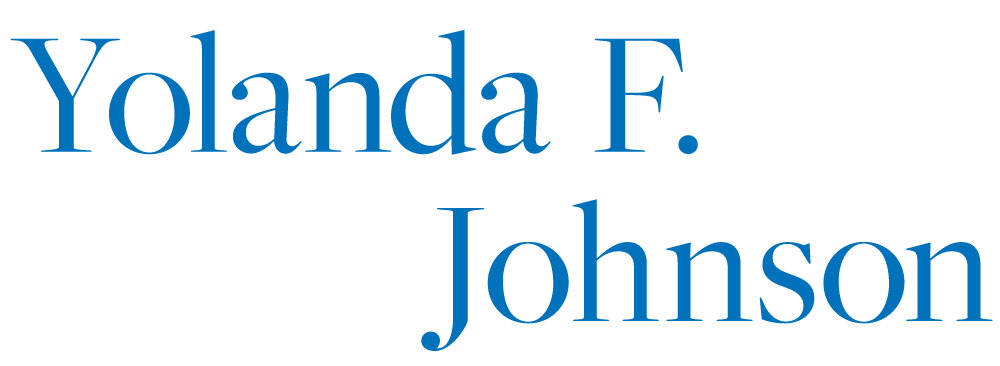Musical “Restoration” – The Creative Process of Making the Old, New Again
As I embark upon creating a new rendition of the beloved American Folk Song, “Shenandoah” for a special performance I will give (She Sings of Rivers) this November in conjunction with an amazing exhibition by the renowned Maya Lin (at the Hudson River Museum), my first and foremost rule is that music need not be rearranged unless it is necessary.
In other words, the “wheel” is, most often, doing just fine and does not need to be reinvented. There are myriad versions of this treasured folk song. Nonetheless, a new version is, in fact, necessary, because I am inspired by Lin’s work and want to give it a special, unique interpretation. I also find that although the lyrics may specifically mention “the wide Missouri,” this song has a universal nature. I certainly think of the melody when I see the Hudson River. So, with this creative process, I am allowing the standard melody to be the “glue” that holds together the entire work, keeping Lin’s drawings in mind. I hope you’ll be able to come hear it when it premieres on November 10th.
I am simultaneously jumping into another project, to create a brand-new hymn for the 175th Anniversary of First Baptist Church of Tarrytown, where I am Worship Leader/Music Director. This will be premiered at service on Sunday, October 7th and is a special treat, allowing me to breathe new life into a centuries-old sacred musical form. I’m thinking, “How would Charles Wesley, the creator of more than 6,000 hymns, approach this?!” Well, one of the most common things to hear about the nature of hymns, is the simplicity of the melodic line. Check. Four-part harmony. Check. But if you know me, one of the things you also know is that one of the only areas in my life where I am an absolute purist, is the rhythm and meter of my hymns! It’s almost like Mommy Dearest, but instead of “No wire hangers ever!” it’s, “No modern rhythms with my hymns!” As Worship Leader/Musical Director, only once have I been okay with a modern hymn arrangement which used modern rhythms. So, I am going to take a deep breath as I work to define just what “modern” means. Is it to create something so new that it’s difficult to tell that it’s a hymn? Or to create something within the construct of standard hymns, that is new and beautiful in its own right? I’ll be prayerfully open to wherever the Spirit leads me musically. Let’s see what happens!




